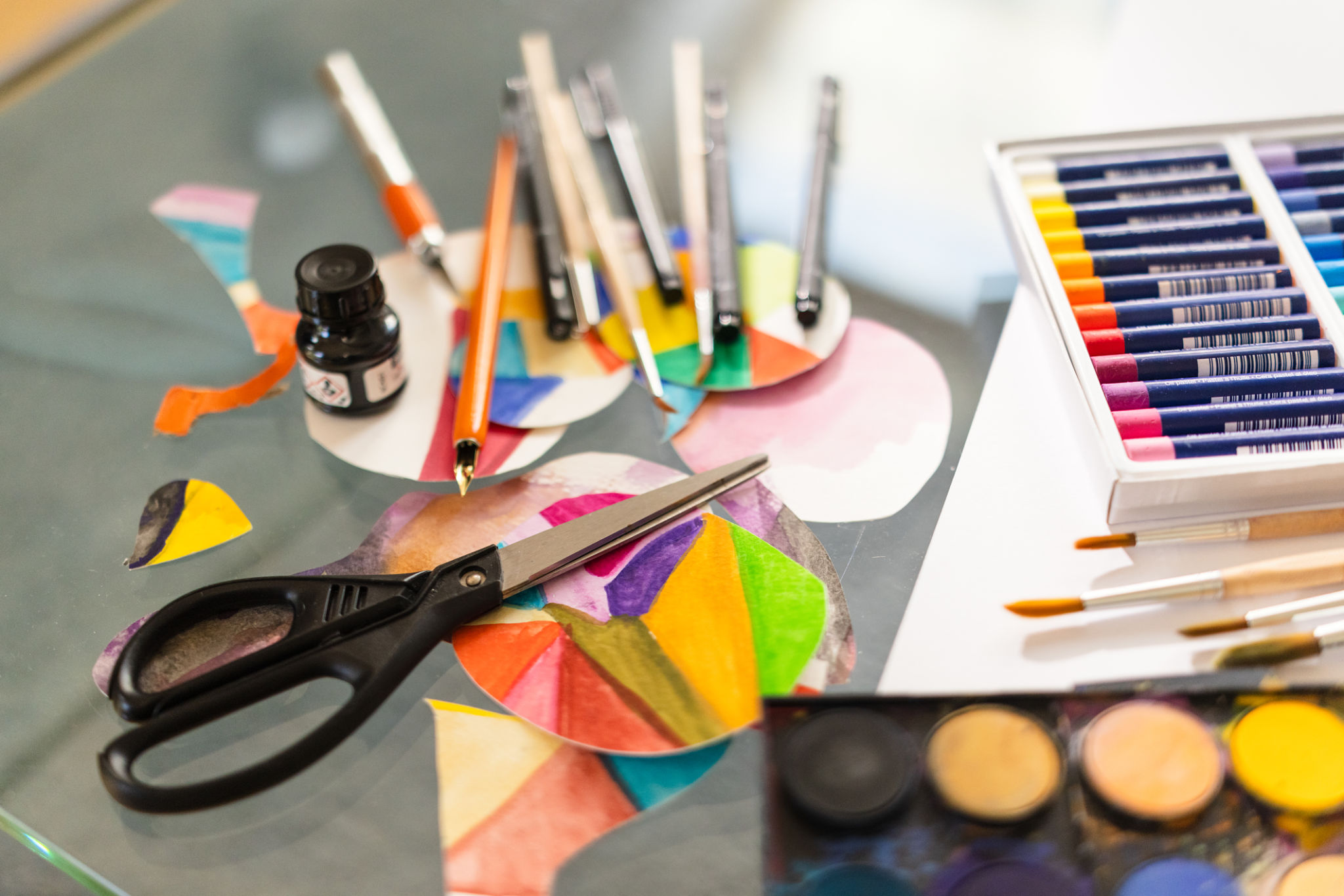DIY: Create Your Own African Drum at Home
Introduction to DIY African Drums
Creating your own African drum at home is not only a fun and engaging project but also a wonderful way to connect with the rich cultural heritage of African music. Whether you're a music enthusiast, a craft lover, or simply looking to try something new, making an African drum can be a rewarding experience. In this guide, we'll walk you through the steps to create your own drum using materials you can find around the house or easily purchase.

Gather Your Materials
Before you begin, it's essential to gather all the necessary materials. The key components you'll need include:
- Drum Body: A large empty can or a cylindrical container.
- Drum Skin: A piece of animal hide or durable synthetic material.
- Adhesive: Strong glue or a staple gun.
- Decorative Materials: Paints, beads, or fabric for personalizing your drum.
Ensure that your work area is clean and spacious to accommodate your crafting process.
Preparing the Drum Body
The first step in creating your African drum is preparing the body. Choose a can or container that is sturdy and has the desired diameter for your drum. Clean it thoroughly to ensure no residues are left. If you wish, you can paint or decorate the exterior of the drum body before attaching the skin. This is also a great opportunity to personalize your drum with designs that resonate with you.

Attaching the Drum Skin
The drum skin is a crucial component as it determines the sound quality of your drum. If you're using natural hide, soak it in water to make it pliable. Stretch the skin over the open end of the drum body and secure it tightly using glue or staples. Make sure there are no wrinkles or loose areas, as this could affect the sound.
If you're opting for synthetic material, follow the same process but check that the material is taut and evenly distributed. Allow the adhesive to dry completely before proceeding.

Decorating Your Drum
Once your drum is assembled, it's time to unleash your creativity and decorate it. Use paints to add vibrant colors, or attach beads and fabric for added texture and design. This personalization not only makes your drum unique but also enhances its cultural significance.
Consider incorporating traditional African patterns or symbols that hold special meaning. This step allows you to connect more deeply with the artistry behind African drumming.
Testing Your Drum
After decorating, it's time to test your drum. Gently tap on the surface with your fingers or a light stick to hear the sound it produces. You may need to make adjustments to the tension of the skin if the sound isn't quite right. Experiment with different tapping techniques to explore the range of sounds your drum can create.
Remember, practice makes perfect, and part of the joy of making your own drum is discovering its unique voice.

Caring for Your Drum
To ensure your homemade African drum lasts, proper care is essential. Keep it away from extreme temperatures and moisture, as these can damage both the body and skin. Regularly dust off any debris and store it in a safe place when not in use.
If you used natural hide, occasionally apply a leather conditioner to maintain its flexibility and prevent cracking.
Conclusion
Creating your own African drum at home is a delightful journey into music and craftsmanship. This DIY project not only provides a sense of accomplishment but also fosters an appreciation for cultural traditions. With some basic materials, creativity, and patience, you can craft an instrument that resonates with rhythm and history. Enjoy the process and let your homemade drum become a cherished part of your musical adventures!
